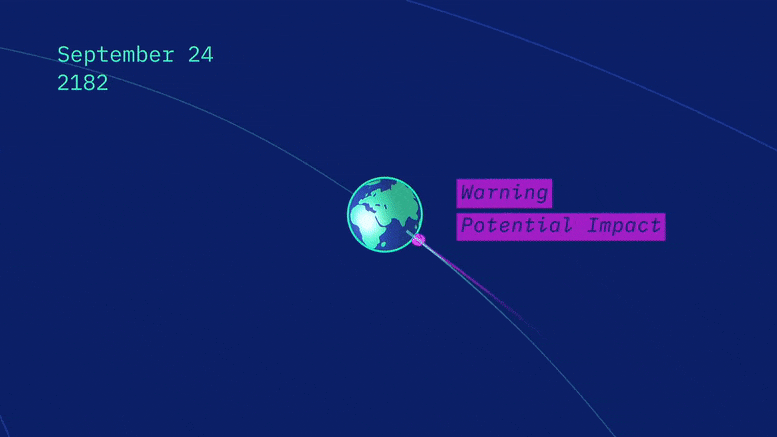
In anticipation of this increase, NASA astronomers have developed a next-generation impact monitoring algorithm called Sentry-II to better evaluate NEA impact probabilities.
But sometimes, those paths can come very close to Earth’s future position and, because of small uncertainties in the asteroids’ positions, a future Earth impact cannot be completely ruled out.So, astronomers use sophisticated impact monitoring software to automatically calculate the impact risk.
Managed by NASA’s Jet Propulsion Laboratory in Southern California, the Center for Near Earth Object Studies (CNEOS) calculates every known NEA orbit to improve impact hazard assessments in support of NASA’s Planetary Defense Coordination Office (PDCO).“It was based on some very smart mathematics: In under an hour, you could reliably get the impact probability for a newly discovered asteroid over the next 100 years – an incredible feat.”.
But with Sentry-II, NASA has a tool that can rapidly calculate impact probabilities for all known NEAs, including some special cases not captured by the original Sentry.By systematically calculating impact probabilities in this new way, the researchers have made the impact monitoring system more robust, enabling NASA to confidently assess all potential impacts with odds as low as a few chances in 10 million.Another issue with the original Sentry algorithm was that it sometimes couldn’t accurately predict the impact probability of asteroids that undergo extremely close encounters with Earth.“In terms of numbers, the special cases we’d find were a very tiny fraction of all the NEAs that we’d calculate impact probabilities for,” said Roa Vicens.This is how impact probabilities are calculated: When telescopes track a new NEA, astronomers measure the asteroid’s observed positions in the sky and report them to the Minor Planet Center.The true orbit is somewhere inside an uncertainty region, like a cloud of possibilities surrounding the most likely orbit.
To assess whether an impact is possible and narrow down where the true orbit may be, the original Sentry would make some assumptions as to how the uncertainty region may evolve?It would then select a set of evenly spaced points along a line spanning the uncertainty region.
If so, further calculations would be required to “zoom in” to see whether any intermediate points might impact Earth, and if they did, estimate the impact probability.
After such an asteroid’s close encounter with Earth, the uncertainty region becomes larger, making the possibility of future impacts more challenging to assess.
The new algorithm models thousands of random points not limited by any assumptions about how the uncertainty region may evolve; instead, it selects random points throughout the entire uncertainty region.
Sentry-II’s algorithm then asks: What are the possible orbits within the entire region of uncertainty that could hit Earth.
This way, the orbital determination calculations aren’t shaped by predetermined assumptions about which portions of the uncertainty region might lead to a possible impact.This allows Sentry-II to zero in on more very low probability impact scenarios, some of which Sentry may have missed.
Farnocchia likens the process to searching for needles in a haystack: The needles are possible impact scenarios, and the haystack is the uncertainty region.“When the consequences of a future asteroid impact are so big, it pays to find even the smallest impact risk hiding in the data.”
